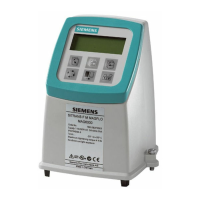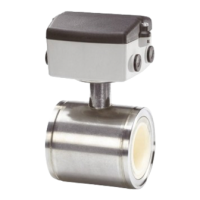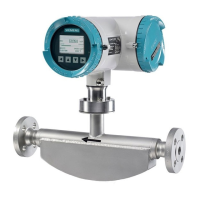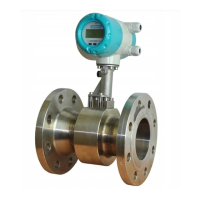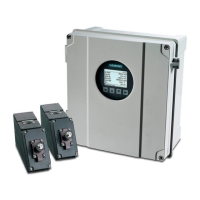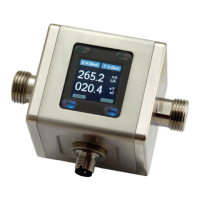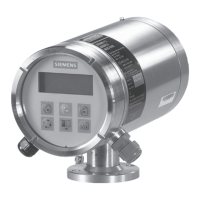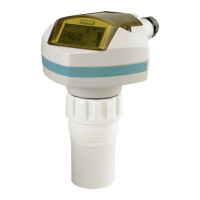General description of functional safety
2.2 Safety integrity level
Safety Manual
10 Operating Instructions, 06/2012, A5E03433511-05
2.2 Safety integrity level
Definitions
SIL, Safety Integrity Level
The international standard IEC 61508 defines four discrete Safety Integrity Levels (SIL) from
SIL 1 to SIL 4. Each level corresponds to the probability range for the failure of a safety
function. The higher the SIL of the safety-instrumented system, the higher probability that the
required safety function will work.
The achievable SIL is determined by the following safety characteristics:
● Average probability of dangerous failure of a safety function in case of demand (PFD
AVG
)
● Hardware fault tolerance (HFT)
● Safe failure fraction (SFF)
Description
The following table shows the dependency of the SIL on the average probability of
dangerous failures of a safety function of the entire safety-instrumented system" (PFD
AVG
)
The table deals with "Low demand mode", i.e. the safety function is required a maximum of
once per year on average.
Table 2- 1 Safety Integrity Level
SIL Interval
4 10
-5
≤ PFD
AVG
< 10
-4
3 10
-4
≤ PFD
AVG
< 10
-3
2 10
-3
≤ PFD
AVG
< 10
-2
1 10
-2
≤ PFD
AVG
< 10
-1
The "average probability of dangerous failures of the entire safety-instrumented system"
(PFD
AVG
) is normally split between the three sub-systems in the following figure.
6HQVRU
HJ
JDVDQDO\]HU
&RQWUROV\VWHP
RUORJLFXQLW
HJ
3/&
)LQDOFRQWUROOLQJ
HOHPHQW
HJ
YDOYH
Figure 2-2 PFD distribution

